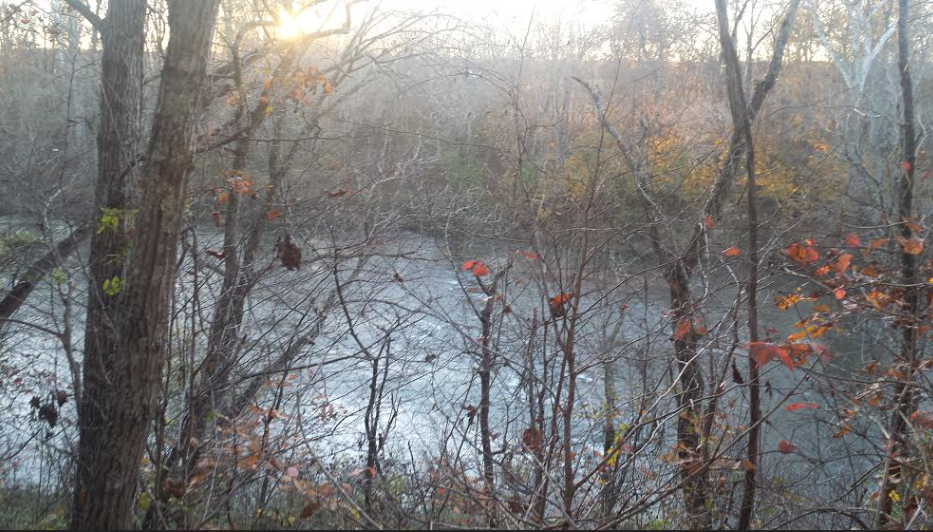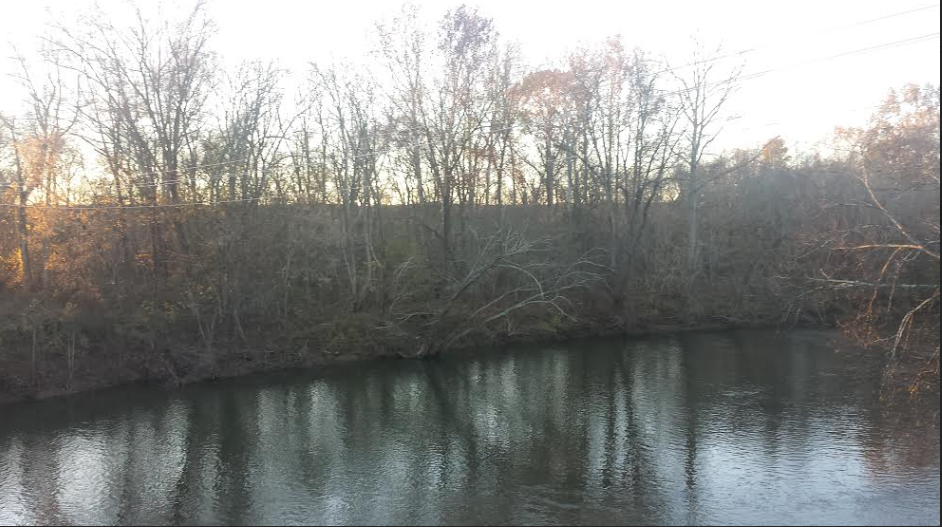“Using…Superlatives Not Found in Military Tactics or Church Catechism”: Berdan’s Sharpshooters at Kelly’s Ford
Today, we are pleased to welcome back guest author Mike Block
In the fall of 1863, Berdan’s Sharpshooters were respected on both sides of the field. There initial purpose being to “bring together the best marksmen possible of the North, and to arm them with the most reliable rifle made.” With such men armed and thoroughly equipped, it was believed that in the line of special service –that of sharpshooting and skirmishing – they would be invaluable to the Union cause.[1]
However, by the Bristoe Campaign, the role had changed out of necessity. On October 13, the 1st United States Sharpshooters (1st U.S.S.S.) were part of the Third Corps column moving eastward along the Auburn Road between Three Mile Station and the village that bore the roads name. The road before them was blocked and being the only available unit, the green clad men formed to the left (north) of the road and charged up and over a steep hill and into the village. The road was cleared and the Third Corps could continue their retreat, at the cost of two wounded.[2]
By the evening of November 6, the Sharpshooters were back in Fauquier County. That night, they camped at Warrenton Junction (today’s Calverton), where the Orange & Alexandria and the Warrenton Spur line join. The O&A have been repaired to the junction, less than three weeks after Lee’s retreating army tore up the tracks.
That evening, orders were received from Meade to Third Corps Commander, William H. French, they were simple and direct, “…you to the command of the left column, composed of the Third, Second and First Corps, which is to effect a crossing of the river at Kelly’s Ford, a lodgment on the heights overlooking the crossing, and then moving forward toward Providence Church, assist the operations of the right column, under General Sedgwick.”[3]
French’s men departed around 5 a.m. the following morning, with the First Division of the Third Corps leading. The Red Diamond division was commanded by Col. P. Regis De Trobriand’s Third Brigade, and included the 1st U.S.S.S., led Lt. Col. Casper Trepp. Not a traditional regiment, Trepp’s men were composed of the best shots from many northern states. The Sharpshooters were in front; and, according to their French commander, “de post of de honor.”[4] The 2nd U.S. Sharpshooters, who were in the 2nd Brigade or the First Division, were to act as flankers during the march to the ford.

By noon, it was clear to the Confederates that something was in the works. Federal cavalry pickets had withdrawn and replaced with infantry. Confederate Major General Robert Rodes’ division occupied the southern bank of the ford. They were tasked to guard the river crossings at Wheatley and Kelly’s Ford. Rodes understood that he could not hold the fords against determine attacked. The ground on the Fauquier County side of the river was significantly higher and dominated the Culpeper side. He was ordered to stall any attempt to of the enemy to force the river and withdraw to a stronger line behind the river. Rodes ordered Stephen D. Ramseur’s brigade, temporarily commanded by Colonel William R. Cox to hold the river. Cox deployed the 2nd North Carolina along the river, with the majority of the command in breastworks at the ford or in the village of Kellysville, just up river from the ford. He had the 30th North Carolina positioned as a reserve and one battery of artillery.
As the Federals arrived at the northern side of the river, they were met with skirmish fire from elements of the 2nd NC, who were quickly forced back across the river.
French assigned De Trobriand’s brigade the task of forcing the crossing and temporarily assigned the 20th Indiana Infantry and 2nd U.S. Sharpshooters to his brigade, adding more men for the assault. De Trobriand had 6 regiments under his direct control.

With the North bank clear of Rebels, the green clad Federals positioned themselves on the higher bluff and began to exact a toll on the Tarheel’s in the rifle pits and buildings of the village. “There had been several dwellings along the river on this (Fauquier) side, but now only cellars and foundations remained. There served us well as cover in sharp-shooting, which at once became intensely interesting; — you see the game shot back. … We heaped stones in two corners toward the enemy and stationed two of our best shots there and the rest of us busied ourselves with loading rifles and handing to our two champions to fire, they handing down the empty guns; this when the work was warm.”[5]

This style of fighting continued until 2 P.M. when First Division commander Major General David B. Birney, ordered the sharpshooters to cross the river and take the rebel positions. Birney and his staff were positioned near Battery E, First Rhode Island’s Light Artillery. “The banks on the rebel side of the river were covered with a thick growth of brush, behind which the advanced pickets were hidden. When the sharpshooters were ordered to jump into the river, anticipating that a hidden fire was awaiting them, they were very naturally hesitated to advance. At the same time a volley was fired upon Birney and his staff, who were grouped together near our battery. This so irritated Birney that he very forcibly ordered the line into the river, using, in doing so, superlatives that are not found in military tactics or the church catechism.”[6]
Two Michigan companies led the way, covered by two from Wisconsin, who followed behind quickly. The Michigan men ran headlong down the slope and through the rapid water, waist deep, under a galling fire from the enemy, whereby a number were hit while struggling against the swift, bubbling stream. Corporal S. C. James was one of the first over and mounting a redoubt near the river he received the surrender and sword of a North Carolina Captain.[7]
“…there lay about 80 of them packed in the rifle pit like sardines. One of them, a sergeant, who seemed to be in command, seeing our scant number, shouted, “Pick up your arms men, and drive them back! There but a few Yanks over yet!” One of our officers called out to Private Edward Lyman, “Shoot that man!” He was instantly shot, and his command marched back through the river the way we had come as prisoners.”[8]
“It was a lively scrimmage; where through fire and smoke, mid groans and shrieks of the wounded men, some bayoneted, others blown through by opposing rifles, the work was carried.”[9]

The rifle pits and village were eventually cleared. Confederates were rounded up individually and in groups. The 30th NC had attempted to come down to the river to support the 2nd NC, but heavy artillery and infantry fire broke up and demoralized the command and were combat ineffective by the time they reached the village. Rodes was very critical of the 30th, commenting in his report “suffered themselves to be captured by deliberately breaking ranks and fleeing to the houses, &c., about the mill.” In all, Rodes would lose 5 killed, 59 wounded and 295 missing, most of those captured.[10]
The two sharpshooter regiments continued their advance up the plain and occupied a second earthwork, but faced a more formidable one before them, now held by the remnants of Ramseur’s Brigade and portions of the Stonewall Brigade. The regiment held the advance position until around 5:30 P.M., when darkness set in and they were relieved. The men spent the night in and around Kellysville. Casualties in the 1st and 2nd U.S.S.S. numbered 3 killed and 14 wounded[11].
While the sharpshooters relaxed, the Tarheel’s began their journey north, crossing the river to the tune of “Hell on the Rappahannock,” and according to one Wisconsin sharpshooter, the song, “was introduced to the rebels on the 7th in such a stirring and martial notes that will render it impossible for them to forget it for awhile, although I’m in hopes it may be succeeded by “The Devil’s to pay on the Rapidan.”[12]
Mike Block authored an Appendix titled, “’Miserable, miserable management’ The Battles of Rappahannock Station and Kelly’s Ford,” in the book “A Want of Vigilance, The Bristoe Station Campaign” by Rob Orrison and Bill Backus. Available at www.savasbeatie.com
[1] Stevens, C. A. Berdan’s United States Sharpshooters in the Army of the Potomac. P 2
[2] Stevens, Pp 359-360
[3] OR, Series 1, Vol. 29, Part 2, p 426
[4] Stevens, p366
[5] Allen, Lewis A, National Tribune, September 9, 1886
[6] Lewis, George, The History of Battery E, First Rhode Island Light Artillery, in the War of 1861 and 1865, to Preserve the Union. p239
[7] Stevens, p369
[8] Allen, National Tribune
[9] Stevens, p369
[10] OR, Series, I, Vol. 29, Part 1, p616, 631
[11] Ibid, pp560-561
[12] Letter from S.S., to the [Wisconsin] State Journal, November 9, 1863. http://content.wisconsinhistory.org/cdm4/document.php?CISOROOT=/quiner&CISOPTR=19536&CISOSHOW, accessed December 10, 2013
Reblogged this on Practically Historical.